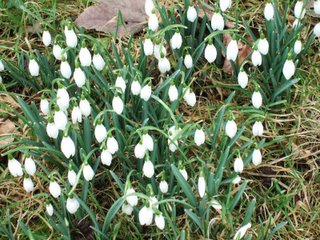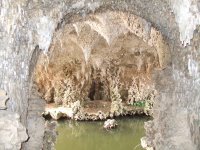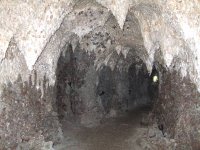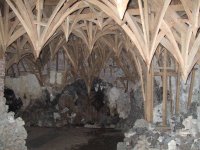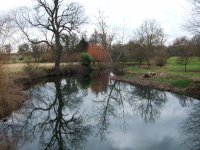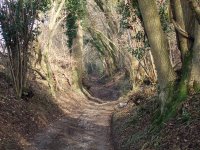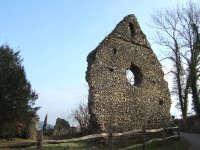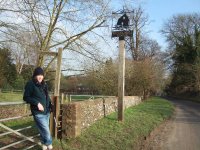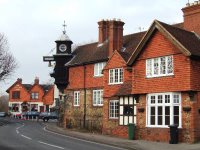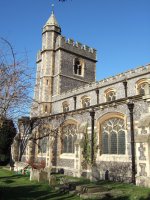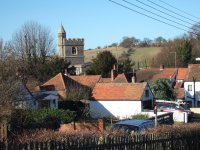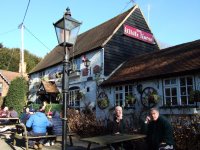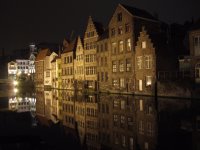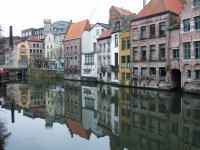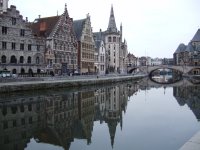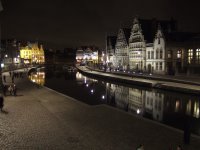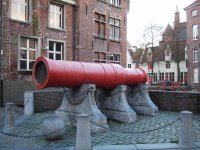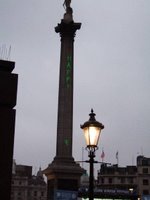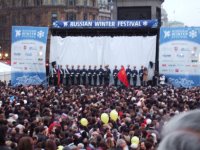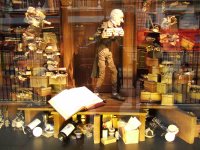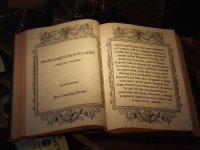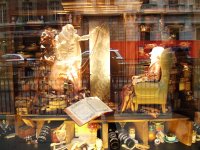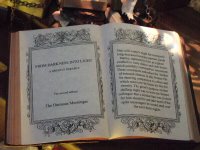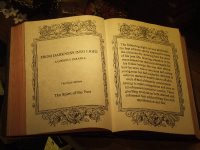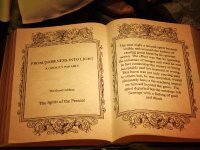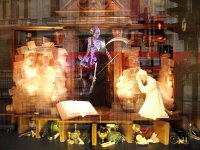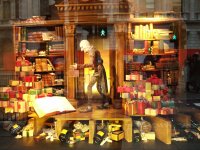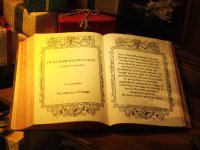
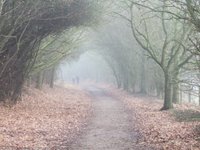 Spring is in the air, foggy walks notwithstanding. After a walk in the area of Hertingfordbury we went on to look at the snowdrops at Benington Lordship.
Spring is in the air, foggy walks notwithstanding. After a walk in the area of Hertingfordbury we went on to look at the snowdrops at Benington Lordship.  Snowdrops are quite amazing in that much of their beauty is concealed from the casual viewer.
Snowdrops are quite amazing in that much of their beauty is concealed from the casual viewer. 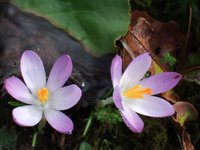 Take the double snowdrop for instance; unless you get down and turn the flower upside down you have no idea of the beauty within.
Take the double snowdrop for instance; unless you get down and turn the flower upside down you have no idea of the beauty within.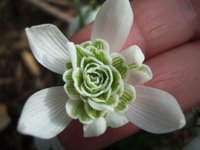 Then it was on to the Gardens of Easton Lodge for more snowdrops, but they were not that fantastic. We did find another flower having a ‘bad hair day’ which was quite attractive.
Then it was on to the Gardens of Easton Lodge for more snowdrops, but they were not that fantastic. We did find another flower having a ‘bad hair day’ which was quite attractive. 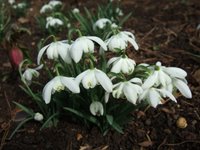
There is no grand house at Easton, the last Lodge having burned down in the winter of 1918 in unusual circumstances that could only happen in the UK.
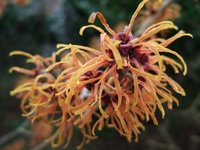 “A sick monkey was hospitalised in the night nursery. It was given a coal fire and a blanket to keep warm. It put the blanket on the fire and ran around the house with this blazing torch.” The house was razed; the fate of the monkey is unknown.
“A sick monkey was hospitalised in the night nursery. It was given a coal fire and a blanket to keep warm. It put the blanket on the fire and ran around the house with this blazing torch.” The house was razed; the fate of the monkey is unknown.  Image produced from the Ordnance Survey Get-a-map service. Image reproduced with kind permission of Ordnance Survey and Ordnance Survey of Northern Ireland.
Image produced from the Ordnance Survey Get-a-map service. Image reproduced with kind permission of Ordnance Survey and Ordnance Survey of Northern Ireland.
